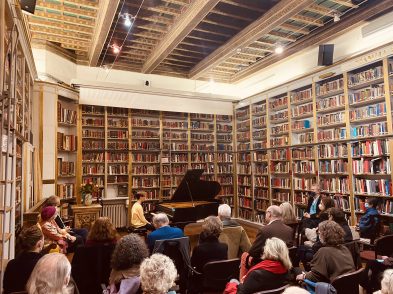Florence is like the setting for a historical novel. The cast of characters that come and go through the ancient buildings and world-famous locations can sometimes read like a writer’s arbitrarily thrown together “who’s who” in order to support a story born of a wild imagination. The thing is, when it comes to Florence and her cross-sections of life and art, the truth can be stranger than fiction. Here is one such story and it involved the composer Giuseppe Verdi.
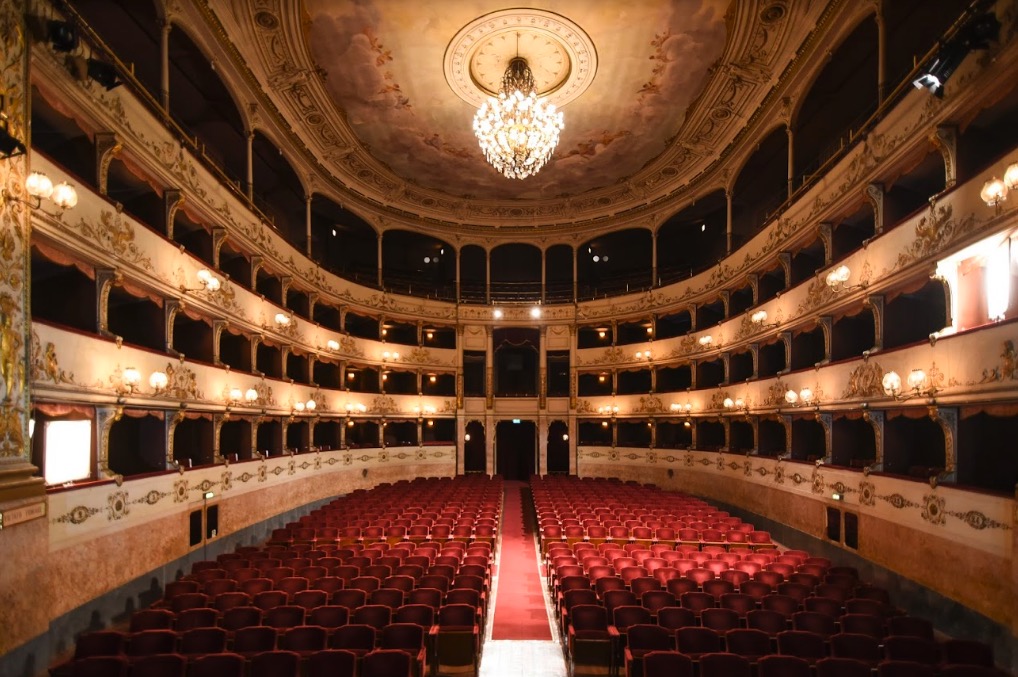
In 1419, the architect Filippo Brunelleschi, the man responsible for the Duomo’s famous dome, was commissioned by the Arte della Seta to build a hospital for abandoned children, known as Spedale degli Innocenti. The infirmary was commissioned as a philanthropic effort, given that the silk guild was one of the wealthiest in the city at the time. The commission was to construct an edifice that reflected the humanistic ideology of Florentines and the location chosen was the eastern side of piazza Santissima Annunziata. Contrary to what is sometimes believed, Brunelleschi did not design the piazza as a whole, but only the Hospital of Innocents, the other buildings complimenting Brunelleschi’s original plan a century or more later.
The design for the building was based on the idea of order and organization in the classical sense. While a “loggia” was already a design element that was used as a welcoming entrance, appealingly handcrafted columns and arches allowed for a more human facade than a forbidding religious one. Brunelleschi was clearly in tune with the humanistic movement leading the way in Florence. Over the next eight years, the architect directly managed the construction, with the building opening in 1445, and various elements were added thereafter. One of the most famous components that were affixed at a later date are the painted terracotta medallions, the tondi, which adorn the facade crafted by Andrea della Robbia, a well-known Renaissance sculptor famous for his ceramics. In Brunelleschi’s original design, the concave medallion spaces were intended to be left empty, the space being the decorative element itself. But in 1485, the ceramic baby-blue and white roundels were installed, featuring a differently swaddled baby in each. While today, some are 19th-century reproductions, several are still the originals that were first placed there more than 500 years ago. One of the tondi is the basis for the American Academy of Pediatrics insignia.
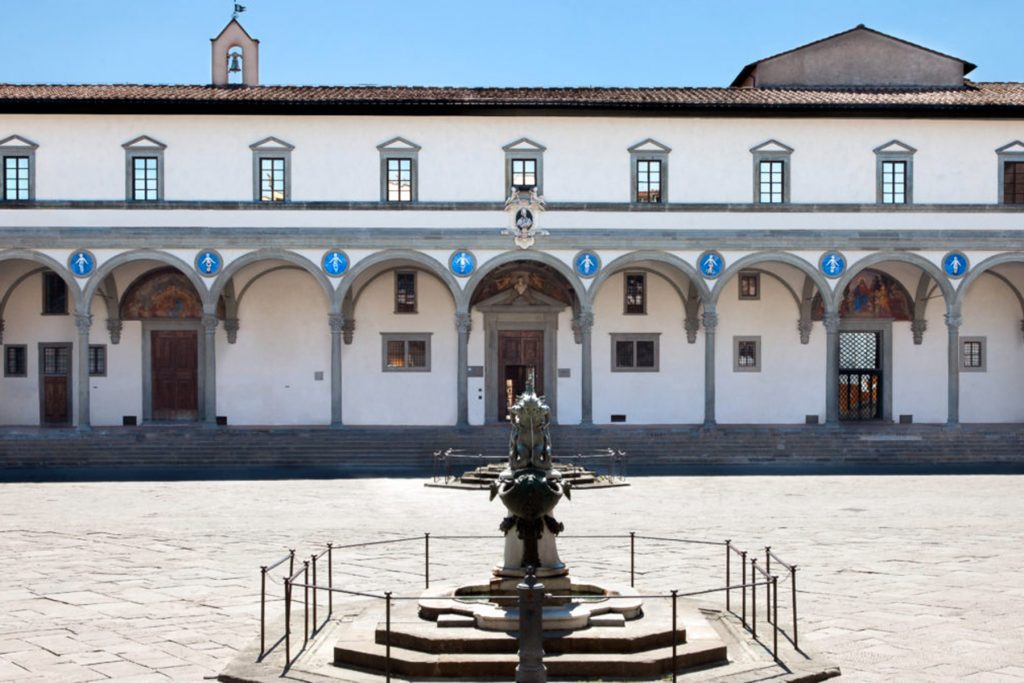
When the building first opened, there was a basin in the loggia, where children were abandoned by mothers unable to care for them. In 1660, 215 years later, the basin was removed and replaced by a turntable and protective flap door. A parent could place the child on the turntable, which would bring the baby into the infirmary to be cared for by the orphanage, with the parent never having been seen. This system was in place until the year of the hospital’s closure in 1875. One can only imagine the grief and heartbreak under the portico for more than 400 years.
With such a setting, a fine historical novelist could take us on the most extraordinary flights of fancy, but given some of the stories of those who have passed through Florence and Florentines alike, no flight of fancy is necessary. Here’s one in particular. By the time the opera composer Giuseppe Verdi died in 1901 in Milan, his worldwide fame as the greatest Italian composer was solidified. His tunes were sung throughout the world and, even today, the slaves chorus from Nabucco is known by every Italian. The chorus had its origins in the opera as the dream of Jewish slaves to “fly away on golden wings and be free” and it became the Italian cry for a unified Italy during the Risorgimento. If it launched Verdi’s fame, the upcoming Rigoletto, Trovatore and Traviata would solidify Verdi’s place among the immortals. In the end, Verdi had 28 operas to his name, in addition to his Casa di Riposo per Musicisti, the home for aged musicians in Milan, to which he contributed all his funds and efforts in the last 25 years of his life. While he died at the age of 87 in Milan, early on he spent a good deal of time in Florence, premiering one of his operas, Macbeth, at Teatro della Pergola, in 1847. The theatre is considered the oldest in Italy, built in 1656, around the time at which the Spedale degli Innocenti swapped its basin for the revolving turntable door.
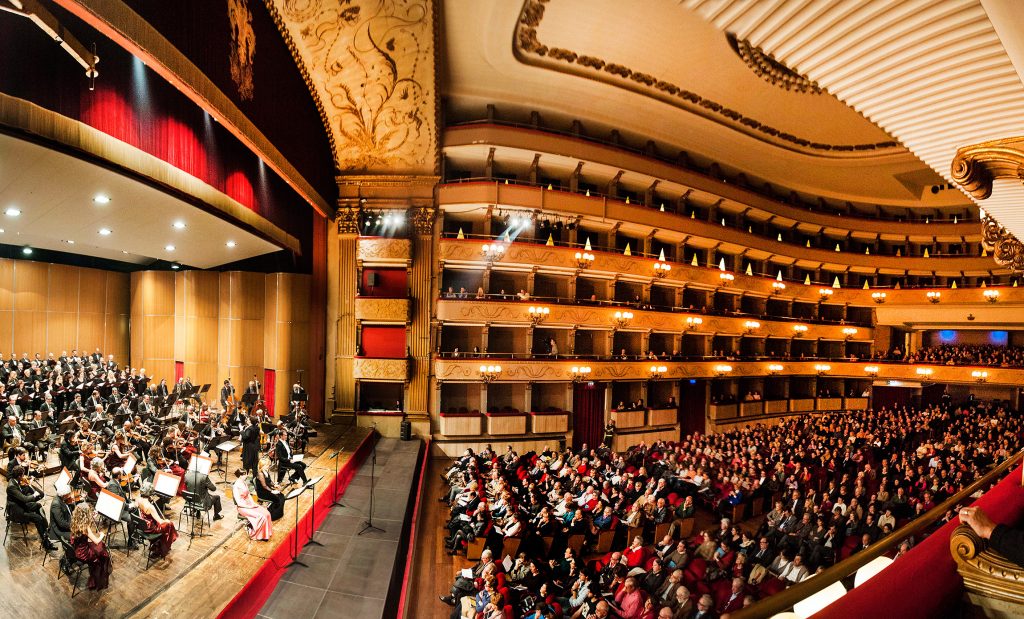
Throughout Florence, there are tributes to Italy’s greatest composer, such as via Giuseppe Verdi, upon which stands the grand Teatro Verdi, Tuscany’s largest theatre. Verdi’s works are programmed regularly at Maggio Musicale Fiorentino and through theatres and concert halls in the region. It is said that La traviata is being performed somewhere in the world, on any given night. Sing just two words to any Florentine on the street… “Va pensiero…” and they will reply with “Sull’ali dorate…” During one of the most touching moments during the first pandemic summer in 2020, masked and socially distanced, an audience witnessed an actor by the name of Riccio perform a play in the role of Giuseppe Verdi at the Teatro Romano in Fiesole, the ancient outdoor amphitheater. As soon as the accompanying orchestra began the notes of Va Pensiero, the entire audience, still reeling from months of severe lockdown and personal loss, joined in, without being guided to do so, and sang the entire slaves chorus along with the action on stage. Just up the way is another via Verdi. Verdi is everywhere you turn.
When Nabucco, the opera featuring the Va Pensiero chorus premiered, the role of Abigaille, the King’s daughter, was sung by Giuseppina Strepponi, one of Italy’s most famous and beloved opera singers at the time. She came to Verdi’s attention, and a love affair ensued. While Strepponi gave up singing at the age of 38 because she said her voice had abandoned her from too much vocalizing, she became a voice teacher in Paris. In the 1840s, Verdi began living with her, “in sin”. The two eventually got married in the late 1850s and lived together until Strepponi’s death in 1897. However, in Strepponi’s early days, she was very much a woman of the world, a free spirit; she had several lovers in various places, and had children with some of them. There have been suggestions that perhaps Verdi fathered one, but since the composer lost both his first wife and their two children to illness in one year when he was barely 30 years old, it is likely that he would have acknowledged any other natural heirs. That never happened. Still, in Strepponi’s early days, she had at least four children, one only several hours after a performance at Florence’s Teatro della Pergola. It is staggering to think of a pregnant woman carrying to term and singing a role on the stage, but she did it nevertheless. We don’t really know who the father of this child was, but we do know that, not long after the child was born, the woman who was to become Giuseppe Verdi’s partner for life took the child that she had given birth to in Florence in 1838 and placed it on the turntable of the Spedale degli Innocenti, never to see the infant again. Nine years later, Verdi would be back premiering his Macbeth at Teatro della Pergola, only blocks away from Innocenti. One can only imagine what he and La Strepponi might have felt.
OUT NOW! The Verdi Traviata, a new musical film by Hershey Felder
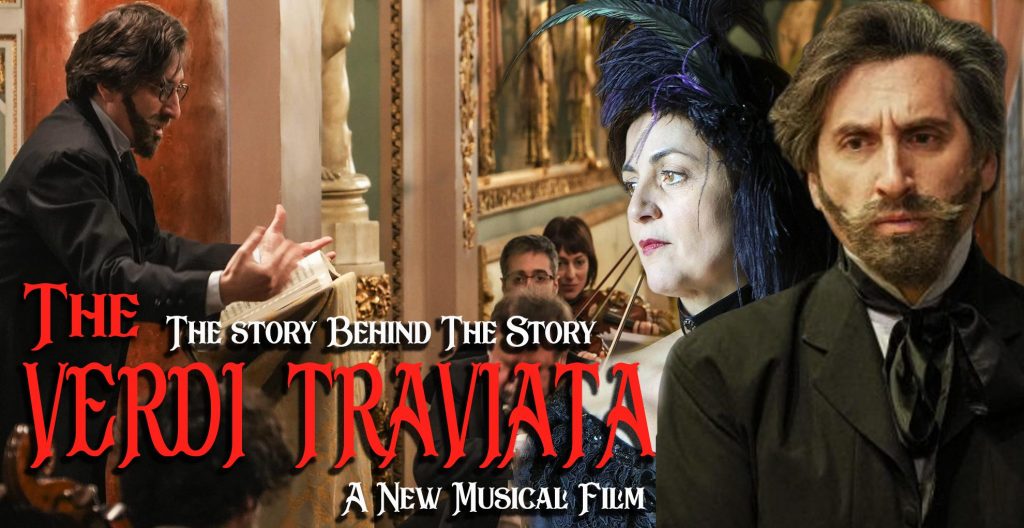
1853. Venice, Teatro La Fenice, Giuseppe Verdi’s opera, La Traviata has its opening night. Would a story about a courtesan dying of consumption, sung by a soprano too “ample” to be consumed by anything, and with a cast of characters that seemed to have wandered off the street, survive the most vicious public shaming that an opera had ever seen? Even Verdi himself wasn’t sure. Filmed at Palazzo Borghese in Florence, on location in Venice and at Villa Verdi near Piacenza. Available on-demand.
A percentage of ticket sales will be generously donated to The Florentine and other cultural organizations.



